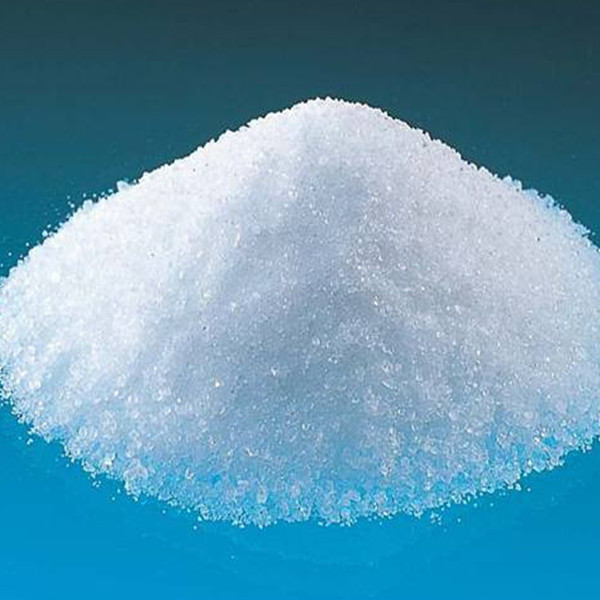
Phthalocyanine is a large, aromatic, macrocyclic, organic compound with the formula (C₈H₄N₂)₄H₂ and is of theoretical or specialized interest in chemical dyes and photoelectricity. Phthalocyanine is a class of synthetic, intensely colored, and highly stable organic pigments and dyes that are widely used in various applications due to their vibrant hues and excellent properties. These compounds are composed of a macrocyclic structure containing four isoindole units linked by nitrogen atoms. Here’s an overview of phthalocyanines:
Chemical Structure:
- Phthalocyanines have a distinctive flattened, disc-like structure made up of four isoindole units connected by nitrogen atoms at the corners of the ring.
- The central metal atom (typically copper) is located in the center of the macrocycle, coordinating with the nitrogen atoms to stabilize the structure.
Properties:
- Intense Color: Phthalocyanines are known for their strong and vivid colors, ranging from blues and greens to reds and purples, depending on the substituents attached to the molecule.
- Chemical Stability: Phthalocyanines exhibit excellent resistance to light, heat, and chemicals, making them suitable for various applications.
- Low Solubility: Phthalocyanines are often insoluble in water but can be soluble in organic solvents, which is advantageous for various industrial processes.
Applications:
Pigments and Dyes: Phthalocyanine pigments are widely used in the production of paints, inks, plastics, and coatings due to their strong color, chemical stability, and lightfastness.
Printing: Phthalocyanine-based inks are used in high-quality color printing applications, such as magazines, packaging, and textiles.
Photovoltaics: Phthalocyanines have been explored for use in organic solar cells due to their ability to absorb light over a wide range of wavelengths.
Catalysis: Some metal phthalocyanines are used as catalysts in various chemical reactions, including oxidation and reduction processes.
Electronics: Phthalocyanine compounds have been studied for their potential use in organic electronics, such as organic light-emitting diodes (OLEDs) and organic field-effect transistors (OFETs).
Biomedical Imaging: Phthalocyanine derivatives have been investigated for their potential applications in photodynamic therapy and diagnostic imaging in the field of medicine.
Textiles: Phthalocyanine dyes are used to color textiles and fabrics due to their resistance to fading and washing.
Coatings and Plastics: Phthalocyanine pigments are incorporated into coatings and plastics to provide color and durability.
Safety and Environmental Considerations:
- While phthalocyanines themselves are generally considered safe, the safety of specific derivatives can vary, especially when they are used in certain applications or products.
- Some metal-containing phthalocyanines may have toxicological implications, and their use in certain applications may need to be carefully regulated.
